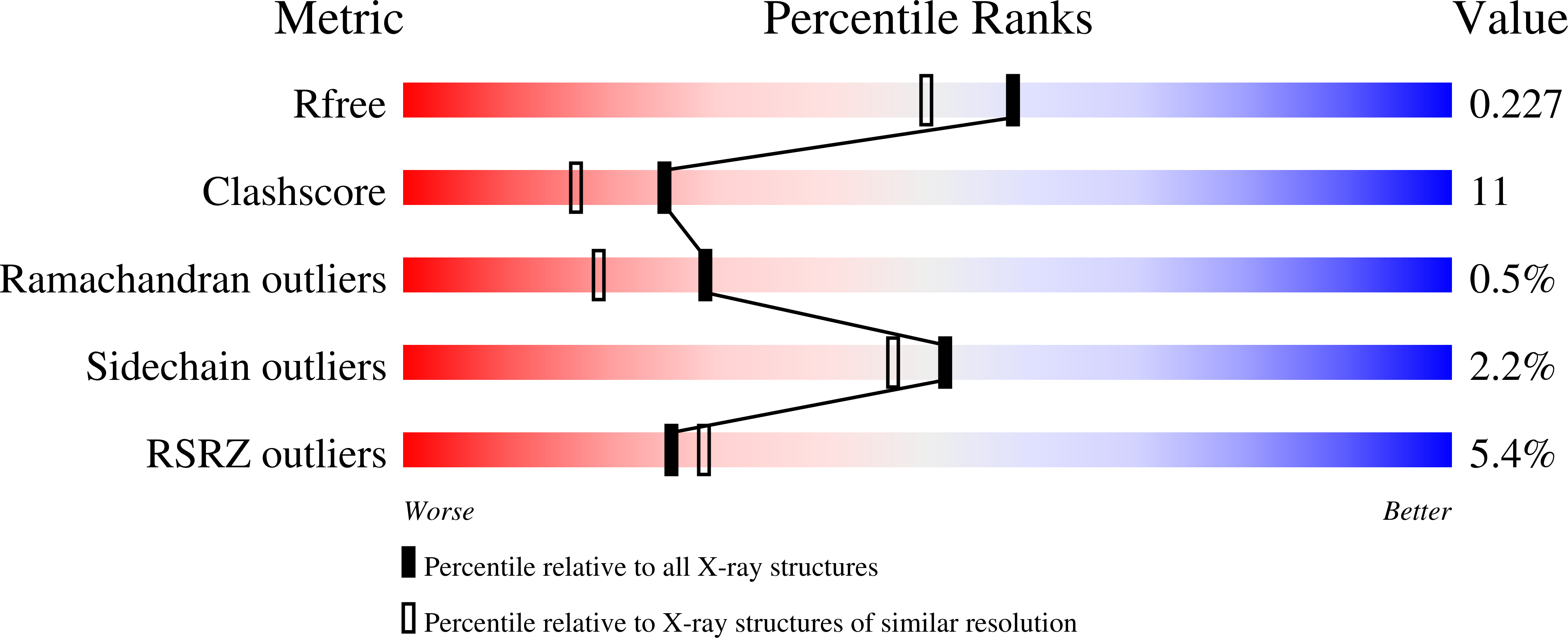
Deposition Date
2007-05-07
Release Date
2007-05-22
Last Version Date
2023-11-01
Entry Detail
PDB ID:
2Z0D
Keywords:
Title:
The crystal structure of human Atg4B- LC3(1-120) complex
Biological Source:
Source Organism:
Homo sapiens (Taxon ID: 9606)
Rattus norvegicus (Taxon ID: 10116)
Rattus norvegicus (Taxon ID: 10116)
Host Organism:
Method Details:
Experimental Method:
Resolution:
1.90 Å
R-Value Free:
0.22
R-Value Work:
0.19
R-Value Observed:
0.19
Space Group:
P 21 21 21


